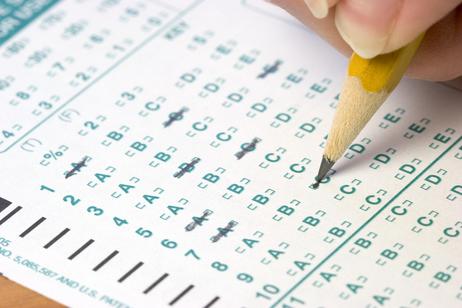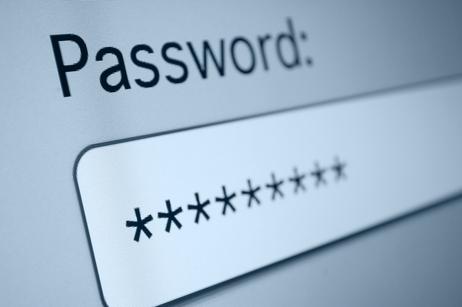Parents Refuse Common Core Testing
In communities all over the country, parents are choosing to opt their children out of Common Core testing. In schools from coast to coast, April has become “testing season,” the time of the year when students in grades K-12 sit for standardized tests in math and English language arts. Because of initiatives like No Child Left Behind and Race to the Top, which is intended to measure and improve student performance, some students sit for up to nine to twelve hours of testing over the course of a few weeks.
Race to the Top
The Race to the Top program, which began in 2009, offers grants totaling billions of dollars to states that follow guidelines for education innovation. In order to qualify for the competitive grants, states must build “data systems that measure student growth and success, and inform teachers and principals about how they can improve instruction.” To gather the data necessary to meet this requirement, states have implemented standardized testing for all public school children.
Why Opt-Out?
In 2014, some parents decided they’d had enough of high-stakes, long-duration testing. Around the country, handfuls of students showed up on testing days clutching formally worded notes from their parents explaining that they were “opting out” or refusing to take the standardized tests.
There are several reasons why parents are rejecting Common Core Testing:
- Parents believe students suffer unnecessary stress due to hours of testing.
- Teachers are forced to “teach to the test” which























